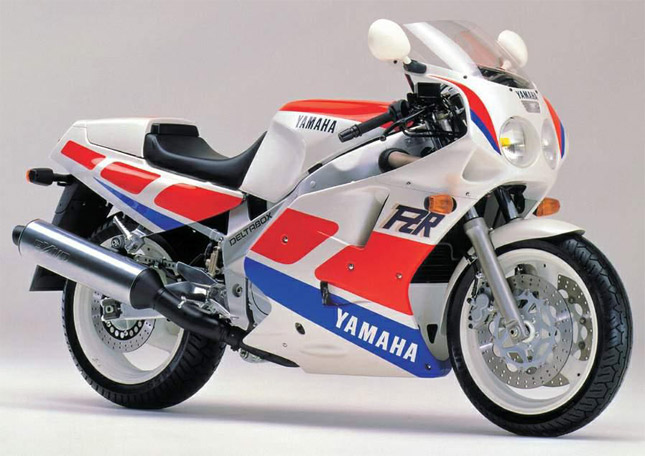 After many years pursuing the pack, Yamaha came back to the highest point of the superbike heap with its FZR1000 Genesis, which deputed its Deltabox outline framework, in 1987. However, it was its successor in 1989, the FZR1000R EXUP, which turned into the superbike ruler of the mid 1990s.
After many years pursuing the pack, Yamaha came back to the highest point of the superbike heap with its FZR1000 Genesis, which deputed its Deltabox outline framework, in 1987. However, it was its successor in 1989, the FZR1000R EXUP, which turned into the superbike ruler of the mid 1990s.In 1989 the second era, called the FZR 1000 EXUP, marked a further stride up the stepping stool to high flawlessness super-sport. Regardless of the cruiser world expecting an updated version of the earlier machine, the "EXUP", as it was nicknamed by enthusiasts later, was an absolutely new machine. The world's cruiser press testers were again enthusiastic, when they were given the open door on October 25-28, 1988 to test the motorcycl at Laguna Seca circuit in Monterrey, California.
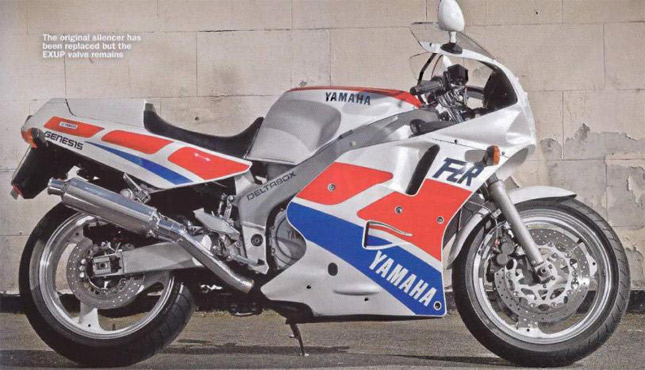 The EXUP boasted the entire box of four stroke traps Yamaha had created over the earlier decade. It had the Genesis' progressive extruded aluminum twin fight "Deltabox" frame. Its water cooled engine had the slant block, 20 valve layout pioneered by the FX750, yet at 1002cc, it was considerably more strong than the 125 bhp 989cc Genesis. Best of all, it had an electronically worked deplete valve, the EXUP framework, which turned into the shorthand for alluding to the lord Yamaha for years to come.
The EXUP boasted the entire box of four stroke traps Yamaha had created over the earlier decade. It had the Genesis' progressive extruded aluminum twin fight "Deltabox" frame. Its water cooled engine had the slant block, 20 valve layout pioneered by the FX750, yet at 1002cc, it was considerably more strong than the 125 bhp 989cc Genesis. Best of all, it had an electronically worked deplete valve, the EXUP framework, which turned into the shorthand for alluding to the lord Yamaha for years to come.Highlighting another Deltabox frame, shorter and more compact measurements, the exceptional EXUP fumes power control system and enhanced engine configuration and performance, the most recent development of the FZR1000 is the most balanced entertainer in the sportbike world.
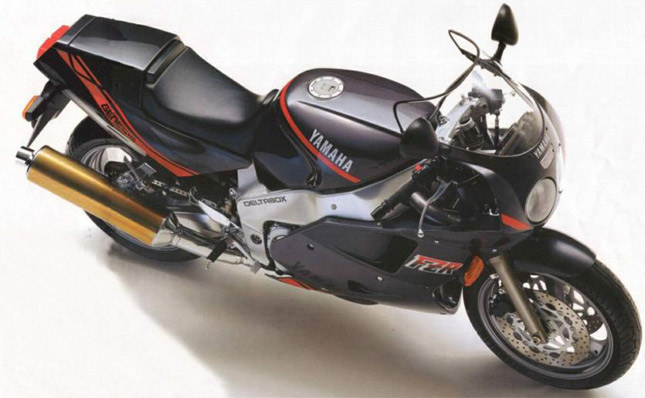 The original FZR 1000 won "Machine of the Year" award from magazine readers around the globe when it was announced. Yamaha were confident that this "second era Genesis" will be just as generally welcomed. All things considered, it's the main sensible decision for the individuals who request the absolute best.
The original FZR 1000 won "Machine of the Year" award from magazine readers around the globe when it was announced. Yamaha were confident that this "second era Genesis" will be just as generally welcomed. All things considered, it's the main sensible decision for the individuals who request the absolute best.With its splendid 5-valve cylinder head, slant block and efficient intake and exhaust system, the FZR 1000 engine had a set-up a spot in motorcycling history.
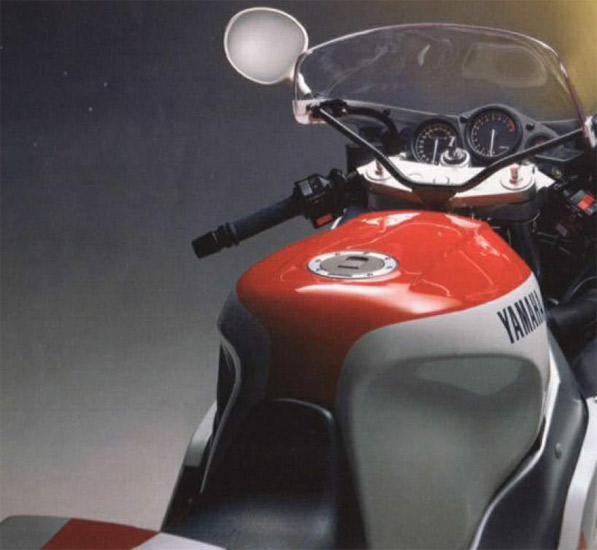 A brief rundown of the new engine's elements are: a higher redline because of a lighter valve train, more uprooting (1002 cc). a higher pressure ratio and updated combustion chamber with straighter intake ports, bigger carburetors, reduction in frictional losses with more slender rings, and the expansion of the astounding EXUP exhaust control system.
A brief rundown of the new engine's elements are: a higher redline because of a lighter valve train, more uprooting (1002 cc). a higher pressure ratio and updated combustion chamber with straighter intake ports, bigger carburetors, reduction in frictional losses with more slender rings, and the expansion of the astounding EXUP exhaust control system.EXUP also reduces exhaust emissions at idle by producing back pressure that reduces boss of fresh charge through the exhaust. The idle is likewise smoother and steadier. What's more, another suppressor has extended ability to effectively calm the increased force.
 Suspensions
SuspensionsTo adapt to the expanded steering loads of the new frame and steering geometry, the front fork has likewise been strengthened. The stanchions of the telescopic fork have been increased in diameter from 41 mm to 43mm. This incredibly reduces their tendency to flex under substantial braking and cornering loads. The outcome is more precise steering control. The fork is likewise flexible for spring preload. Bolting to the stanchions are new aluminium handlebars. These delightfully created aluminium extrusions are something discovered typically just on racing machines.
 The full fairing has additionally been redesigned for enhanced aerodynamic efficiency. The double headlights are flush with the front cowling, and the level of rearward inclination of the cowling has been increased. The outcome is smoother, more efficient air infiltration and a lower coefficient of drag.
The full fairing has additionally been redesigned for enhanced aerodynamic efficiency. The double headlights are flush with the front cowling, and the level of rearward inclination of the cowling has been increased. The outcome is smoother, more efficient air infiltration and a lower coefficient of drag.To adapt to the expanded steering loads of the new frame and steering geometry, the front fork has likewise been fortified. The stanchions of the telescopic fork have been expanded in measurement from 41 mm to 43mm. This incredibly decreases their tendency to flex under substantial braking and cornering loads. The outcome is more precise steering control. The fork is likewise customizable for spring preload. Rushing to the stanchions are new aluminium handlebars. These perfectly made aluminium expulsions are something discovered normally just on racing machines.
 The FZR1000 is one of the fastest, best handling big-bore street bikes ever made in Japan. The use of this system resulted not only in a healthy boost to mid range performance, but also increased peak output to 140bhp. At the same time, the bike's chassis was completely revamped, significantly improving the handling so that it became the best of Japan's superbikes. At least until the arrival of Honda's FireBlade.
The FZR1000 is one of the fastest, best handling big-bore street bikes ever made in Japan. The use of this system resulted not only in a healthy boost to mid range performance, but also increased peak output to 140bhp. At the same time, the bike's chassis was completely revamped, significantly improving the handling so that it became the best of Japan's superbikes. At least until the arrival of Honda's FireBlade.
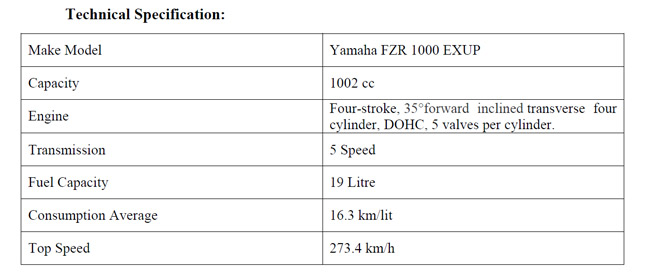 Picture credits:
Picture credits:Motorcyclespecs
Classic-motorbikes
By: Rakshit Shastry











